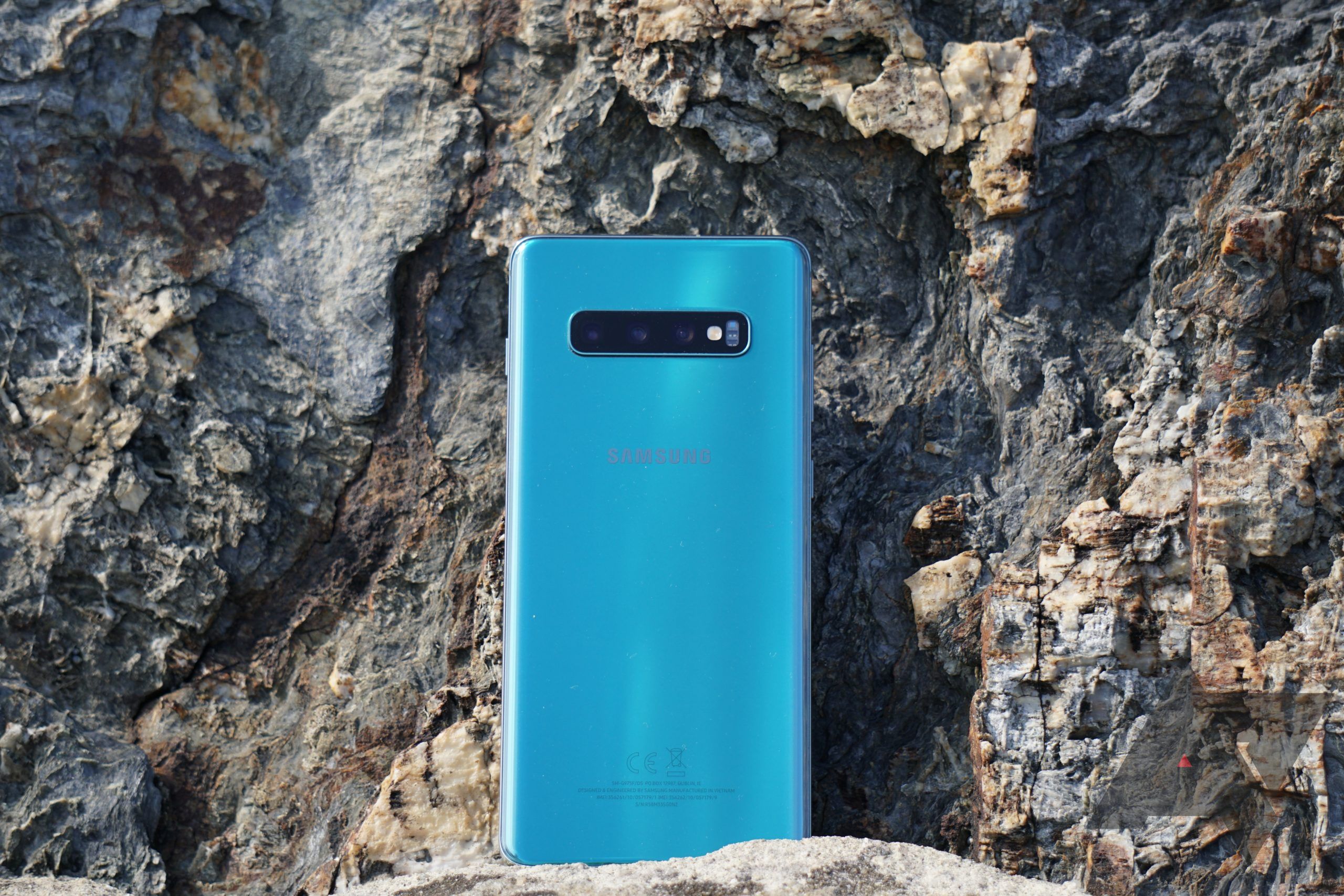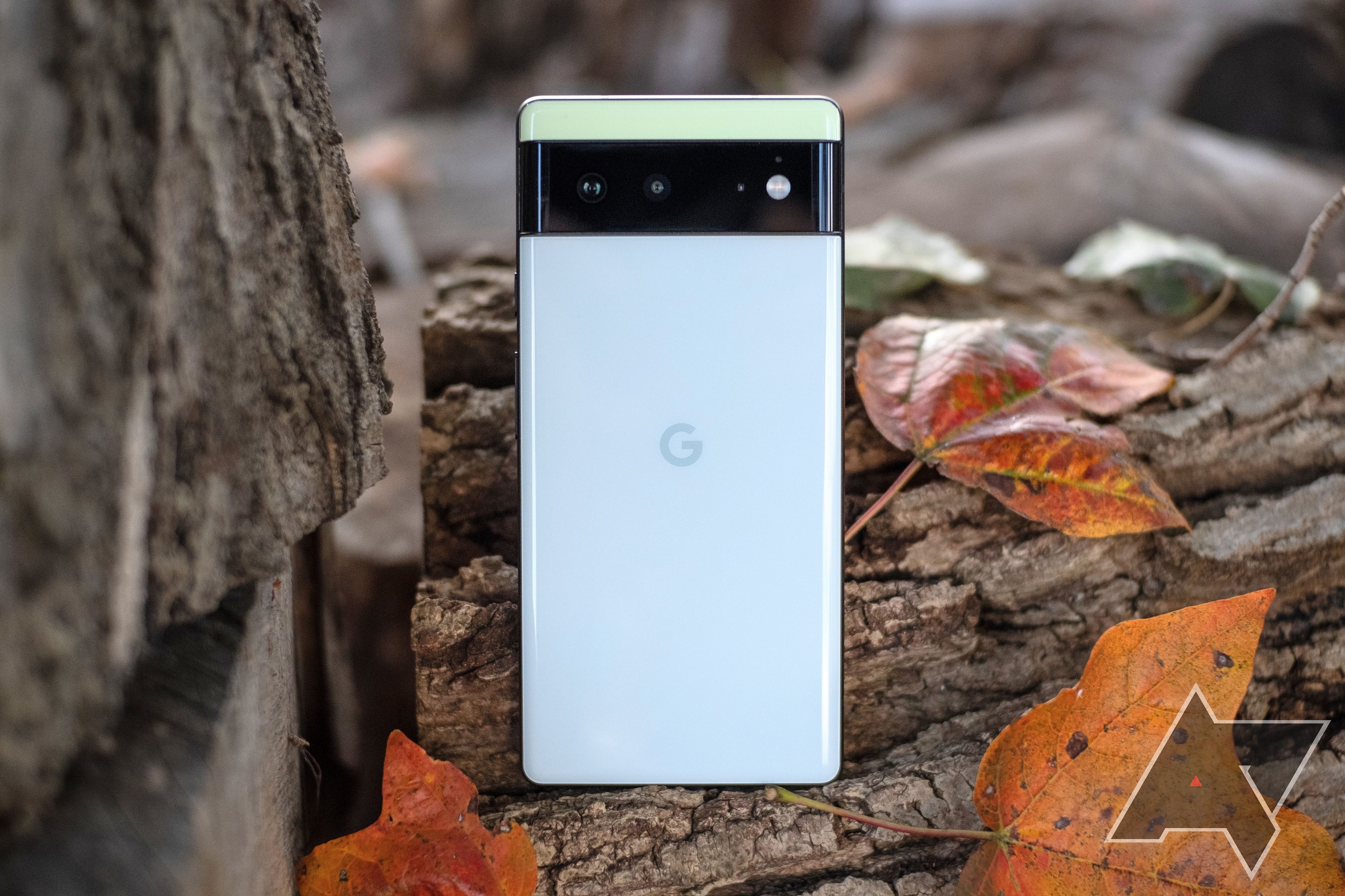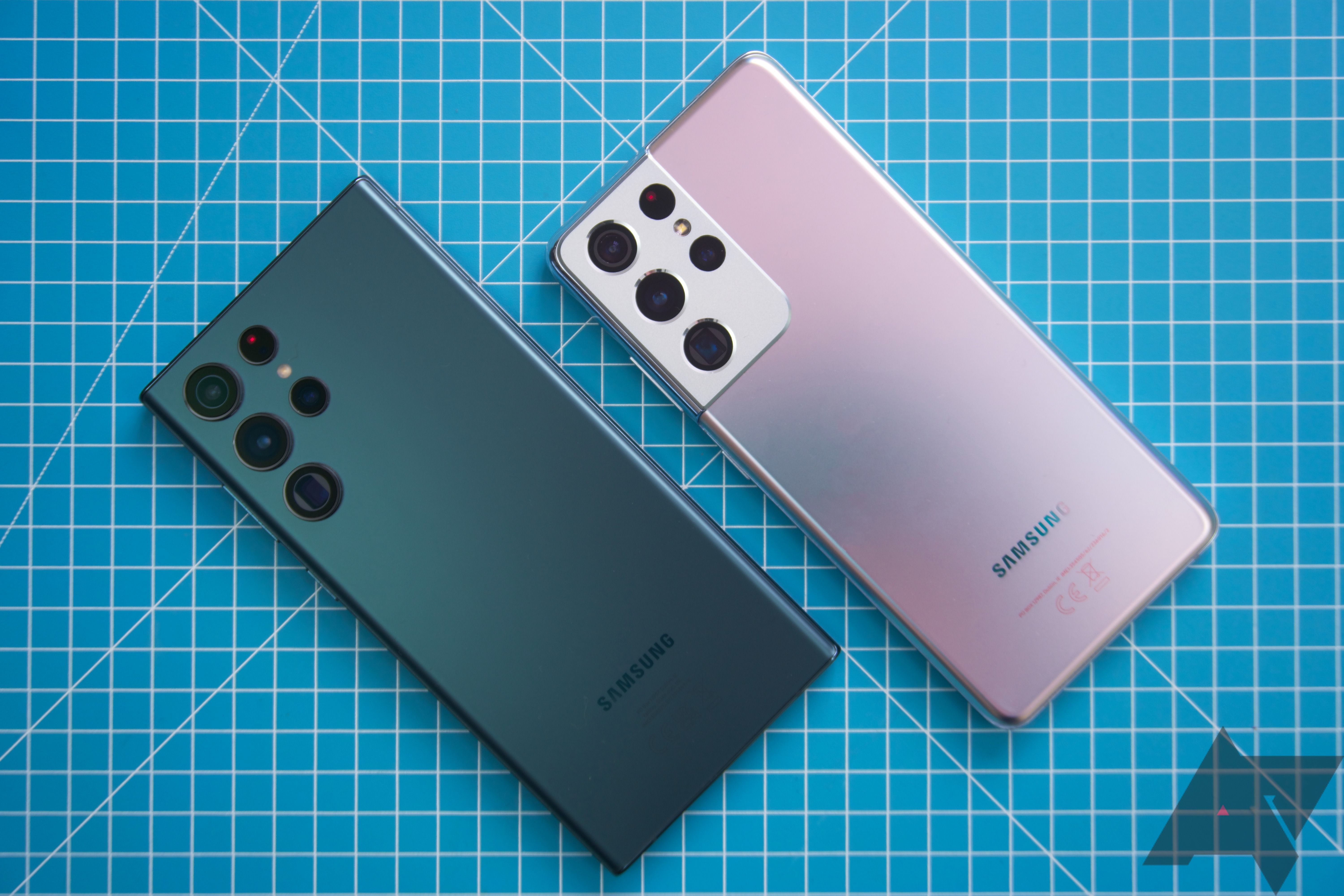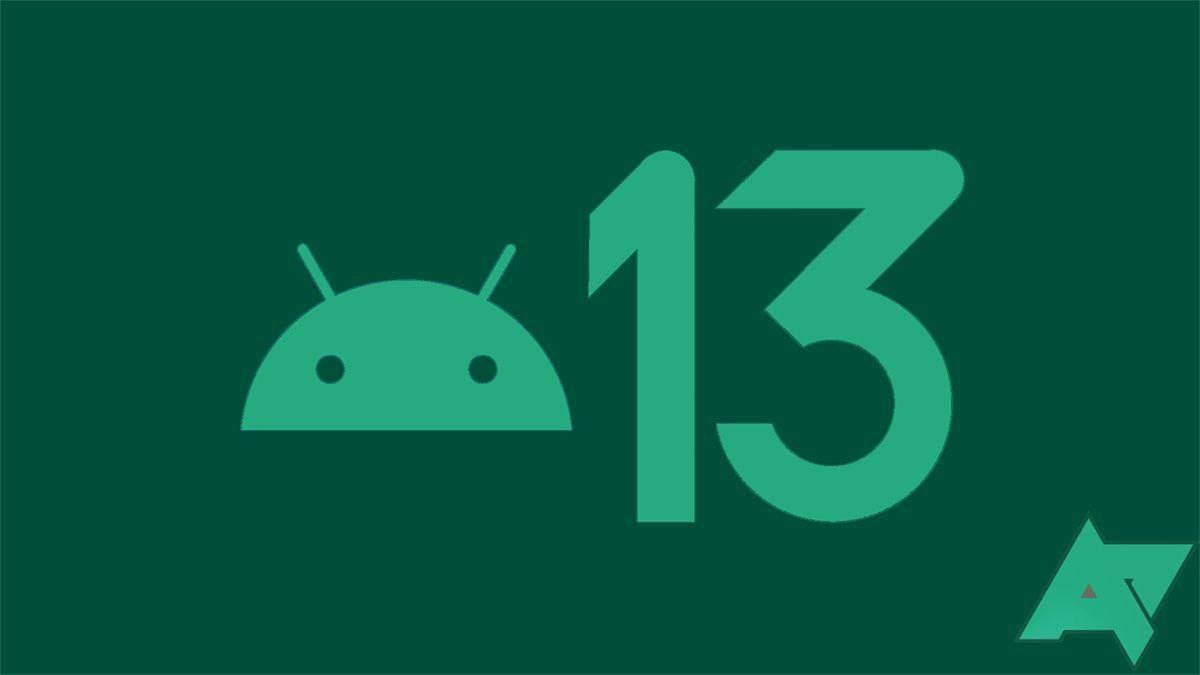Google got complacent with Pixel OS updates: Now it lags Samsung
A core strength of Google’s hardware lies in its fast and reliable software support. Pixel devices always receive new Android versions before the competition, and, until recently Pixels would receive these updates longer than other Android devices. The mobile landscape is changing, and the software benefits afforded to the Pixels aren’t as significant as they once were. Some might even suggest what was once unthinkable — Pixels are no longer the best Android phones to buy for long-term software support.
Looking to the past, we can see how Google’s phones and tablets built a reputation for software support. Android 9.0 “Pie” was made available for Pixels in August 2018. Samsung’s 2018 flagship; the Galaxy S9, didn’t receive the update until January 2019. Google also offered more updates than other Android manufacturers; Pixels received three years of software and security updates, while Samsung and many other competitors only offered two OS upgrades.
Samsung began to close the gap in 2019. Monthly security patches became more consistent and timely. The gap between Google releasing new versions of Android and Samsung pushing the updates to many of its phones shrank. Galaxy S9 owners waited five months to get Android 9.0. Galaxy S10 owners snagged the Android 10 update just two and a half months after its release. Android 12 made its way to the Galaxy S21 less than a month after its Pixel debut.
Google isn’t doing much to improve its reputation. Its normal for new products to suffer from bugs upon release, but the Pixel 6 and Pixel 6 Pro were plagued with persistent issues that lasted for months. Some issues were severe enough that the Pixel 6 series received monthly security patches weeks later than their elder siblings. Most of the bugs were fixed eventually, but some persist today, more than six months after the phones went on sale.
When Samsung unveiled the Galaxy Note 20 in August 2020, it made a bold commitment to long-term software support. Most upcoming Galaxy devices would receive three years of Android upgrades and four years of security patches; the offer was extended to a handful of premium 2019 devices as well. Google had lost its long-term software support lead—Samsung not only matched Google’s OS upgrade commitment, it added an extra year of security patches to boot.
Google temporarily changed the math when it announced the Pixel 6; its first true flagships would get five years of security upgrades. It would continue with three years of software updates, like older Pixel models. The security updates offer wasn’t extended to older Pixel models. It has a half-hearted victory and one that didn’t last.
When Samsung announced the Galaxy S22 series in February 2022, it outpaced Google once again.
Most of its upcoming Galaxy A- and S-series phones would be eligible for four years of OS upgrades, along with five years of security patches. Again, Samsung extended the offer to a select few 2021 devices, and, again, it put Google’s software commitment to shame.
Google’s Android devices have always served as an example for other manufacturers, showing how Google thinks Android should behave and how long devices should be supported. If you bought Google’s $900 Pixel 6 Pro, Android 15 will be your last update. If you bought the $450 Galaxy A53 5G, your last update will be Android 16.
Google still enjoys a clear advantage in the development space, and other manufacturers have been unable to bridge the gap. The Android 13 beta program has begun and is available on a handful of Android phones, but the Pixel is the best way to enjoy it. Joining the beta program on a Pixel involves jumping through fewer hoops, and the stable release will arrive sooner than on other phones.
With all of this in mind, it’s harder than ever to buy a Pixel-based on its software experience. The Pixel benefits from exclusive software features like Call Screen, Live Translate, and Now Playing, which might be enough to retain some customers. But some would argue that they pale compared to the number of features packed into phones from the competition, which now receive updates almost as fast and for longer.
A few years ago, answering the question “which Android phone has the best software” was easy. Google’s devices were reliable, quickly updated, and received updates for longer than any other Android phone. Today the answer is less clear. Is getting an update a month earlier worth enduring the bugs and software quirks that come with being first? Should you sacrifice that slight advantage in exchange for a device that will be supported longer?
The Pixel is no longer the best phone for long-term software support. Samsung has closed the gap in most areas and beaten Google in the most important one—device longevity. That might not be enough to sway Pixel fans away from the brand, but it should be a wake-up call for Google.
Read Next





